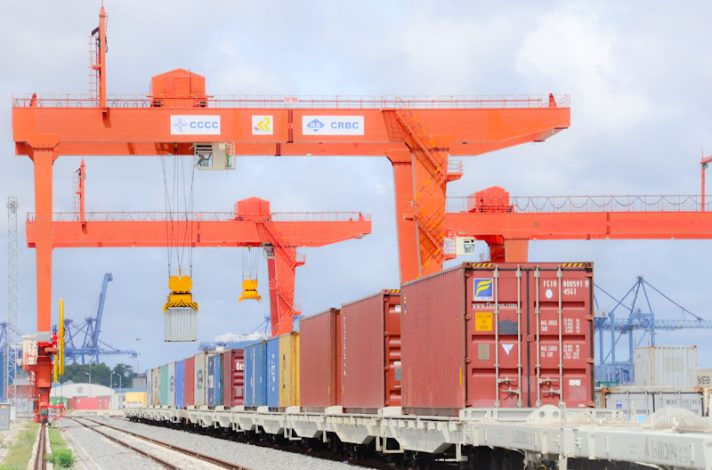Kenya’s current account deficit widened to 5.6 per cent of GDP in the 12 months to September 2021 compared to 5.0 per cent of GDP in the 12 months to September 2020.
The Central Bank of Kenya disclosed that this was highly driven by a higher import of goods and services rising oil prices and the continuing recovery of the economy.
“The higher deficit was attributed to higher import of goods and services, which more than offset increased receipts from agricultural exports and remittances,” the CBK said.
National Treasury said in the first of 2021, the current account deficit expanded by 28.2 per cent from Ksh 85.9 billion in the second quarter of 2020 to Ksh 110.1 billion in the corresponding quarter of 2021.
During the period, the economy rebounded strongly in the first half of 2021, following the normalization of economic activity supported by the easing of COVID-19 restrictions.
“It grew by 5.3 per cent compared to a contraction of 0.2 per cent in a similar period last year,” Treasury said adding that the performance is encouraging and signals positive and progressive recovery from the effects of the Covid-19 pandemic on the Kenyan economy.
Currently, more than 2 million Kenyans are now fully vaccinated compared to the government’s target of 10 million by end of the year.
“As of November 11th 2021, a total of 5,893,466 vaccines had so far been administered across the country. Of these, 3,861,136 were partially vaccinated while those fully vaccinated were 2,032,330,” the Ministry of Health said.
Most African Countries to Miss Year-end Covid Vaccination Target – WHO




